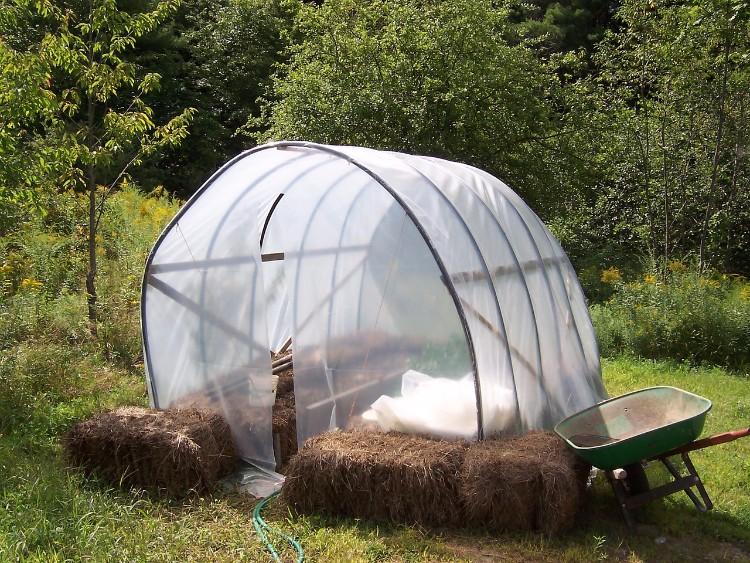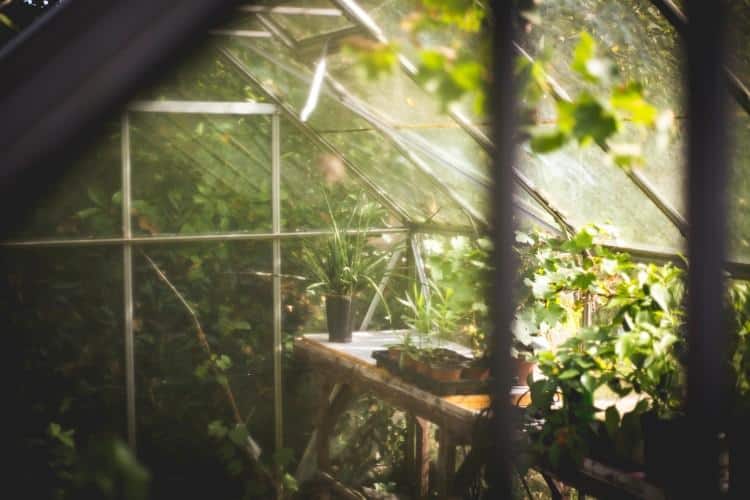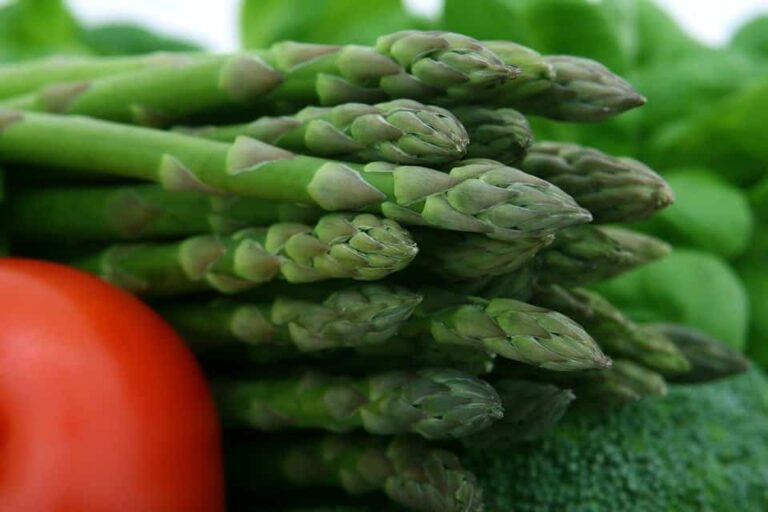Our Primer on Types of Tomatoes
Tomato varieties are classified in several ways, including the size of the fruit they produce, how and when they ripen, and how they’re reproduced. The four common types of tomatoes are known as determinate, indeterminate, heirloom and hybrid.
Each type of tomato plant has its benefits to gardeners. What a gardener wants to use the fruit for and how much space he has to grow tomato plants will determine what type of tomatoes he chooses to grow.
Determinate Tomatoes
Also known as bush tomato plants, determinate tomato plants tend to grow to an average height of three to four feet. Their fruits ripen over a period of one to two weeks, with full ripening at the same time. Since they’re short, bushy plants, they don’t usually need to be staked for support.
Determinate tomato plants usually grow large fruits with little juice and seeds. This makes them best for canned tomatoes or using for sauces. These types of tomato plants are best for growing in small gardens or containers because they don’t need a lot of room to grow.
Determinate tomatoes are a good choice for gardeners who want bigger fruits fast to can when the season is over.
Before we get into some of the sub-varieties of determinate tomatoes, here’s an awesome video that explains how to care for this tomato family:
506 Bush
The 506 Bush tomato plant is a determinate variety that reaches heights of only about two feet, making it one of the most popular for growing in containers. They do need a lot of sun for maximum growth, but are able to withstand drought.
The plant grows medium-sized fruit that you’ll see by mid-season. They tend to have a mild flavor. This and their size makes them a good choice for slicing or salad tomatoes.
Early Wonder
The determinate Early Wonder variety is another popular choice for slicing tomatoes. It bears about six-ounce fruits and the plant stands four-feet tall when fully grown.
Early Wonder tomato plants blossom and its tomatoes ripen very early in the season, at around 55 days, which is why some gardeners love this plant. However, the Early Wonder tomato plant has no disease-resistance, so it is more susceptible to leaf mold or viruses, depending on the diseases that tend to affect tomatoes and other plants in your region of the country.
Indeterminate Tomatoes
Indeterminate tomato plants are sometimes referred to as vining tomato plants because they grow on vines that can reach heights of 12 feet. Unlike determinate tomatoes, vining tomatoes can grow and ripen throughout the season until the frost affects the plant. Because of their height, indeterminate tomato plants usually need to be staked to ensure proper support.
The fruits from indeterminate tomato plants are smaller than those of a determinate tomato plant. But, since vining tomatoes are produced more steadily through a season than determinate tomatoes, some gardeners prefer them for steady ingredient use in cooking, salads, etc.
Beefmaster
One of the reasons tomato gardeners love indeterminate varieties is because of the large – sometimes huge! – fruits they bear. Beefmaster tomato plants, which are also hybrid plants, have some of the largest fruits, growing to a weight of at least one-pound. And, they grow in clusters so you can get several fruits from one part of the plant.
The Beefmaster plant is an annual plant that requires little maintenance, making it one of the easiest to care for. But, you’ll still need a lot of sun and a good watering schedule to product the best fruit. This video shows you how big this “beefy” variety can get:
Quick Pick
Quick Pick is aptly named because, unlike several other indeterminate varieties, this plant begins to bear fruit early in the season. If you want tomatoes to ripen throughout a full season, Quick Pick is a great choice to plant.
Another hybrid indeterminate variety, Quick Pick was bred for disease-resistance, a quicker fruit-bearing process, and a higher yield of fruit. Its plant grows to about six to eight feet and bears medium-sized fruit, smaller than other indeterminate varieties.
Heirloom Tomatoes
You can think of heirloom tomatoes as those passed down from generations. Heirloom tomatoes are grown from the seeds of previous tomatoes, creating generations of new fruits from previous plants.
Growers of heirloom tomatoes can save the best seeds from each fruit and the best fruits from each plant to create healthy and strong new generations. Heirloom tomatoes are typically grown for unbeatable flavor and to weed out tomato plants that are susceptible to disease.
New Big Dwarf
The New Big Dwarf heirloom tomato plant has been bred since at least 1915 as a cross between Ponderosa and Dwarf Champion varieties.
This plant can be grown in the ground or a container, as it only reaches heights of about two feet. Still, it produces fruit weighing up to one pound, so it may need some strategic staking for support.
Clear Pink Early
Clear Pink Early tomato plants are determinate and perfect for growing in containers. They aren’t disease-resistant, so you’ll need to take extra care to prevent disease.
Growing early in the season, Clear Pink Early tomatoes provide the rich taste of an heirloom tomato but don’t take a lot of time to ripen. They grow medium-sized fruit with a pink hue.
Hybrid Tomatoes
Hybrid tomato plants are formed when two varieties of tomatoes cross-pollinate, thanks to wind, bees, or controlled hybridization.
Hybrid tomatoes, when purposely grown, are usually meant to mix the best features from two tomato varieties. Often, gardeners want to create a fruit that is less susceptible to disease or pest infestation, so they create hybrids to maintain flavor and have better resistance to disease.
We love this playful video from Vegitate Gardening that shows you how gardeners create hybrid tomatoes through cross-pollination:
https://youtu.be/-5pue6mkoPo
Better Bush
The Better Bush tomato plant is one of the most popular hybrids because of its large-sized fruits and compact plant size that makes it perfect for container-growing. The fruits of this plant produce over a period of two months, making it also one of the most consistent producers of tomatoes.
Better Bush plants are typically very strong, but they do grow upright, so staking them properly can help provide support.
Big Beef
The Big Beef indeterminate hybrid grows late in the season, about 73 days after planting, but still one of the earlier producers of fruit for indeterminate varieties. One of the most disease-resistant tomato plants, the Big Beef plant is popular among gardeners for its fairly low-maintenance needs and strong tomato flavor.
Photo by David Besa licensed under CC BY 2.0.





